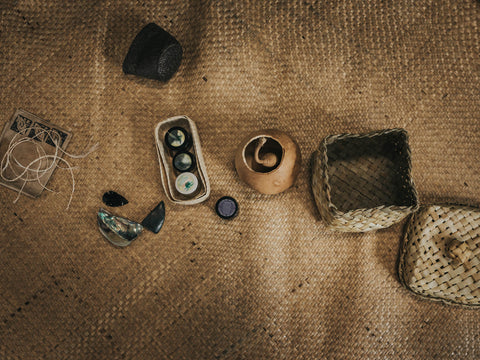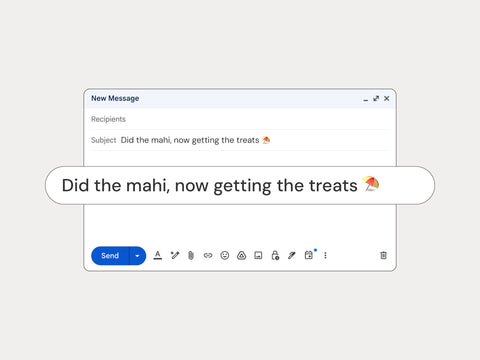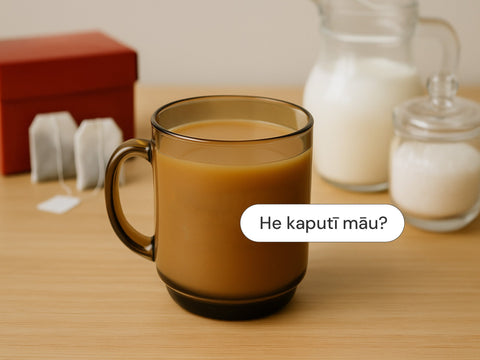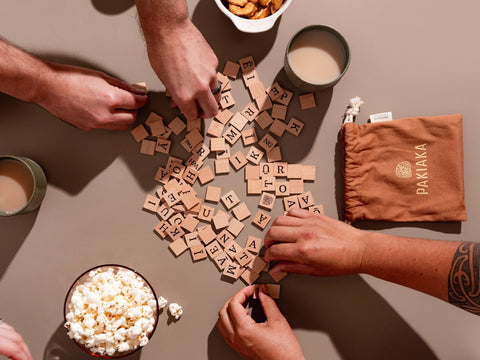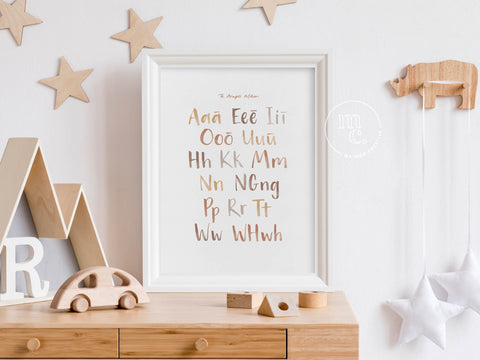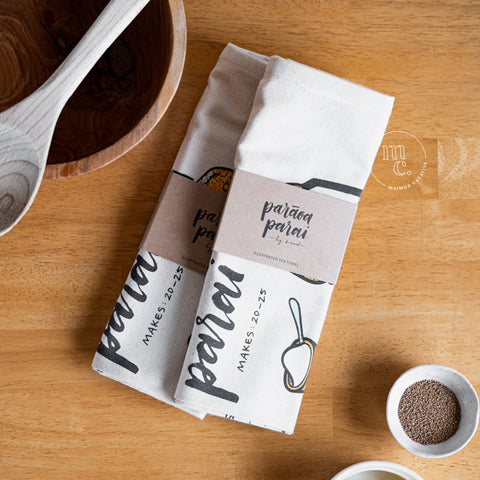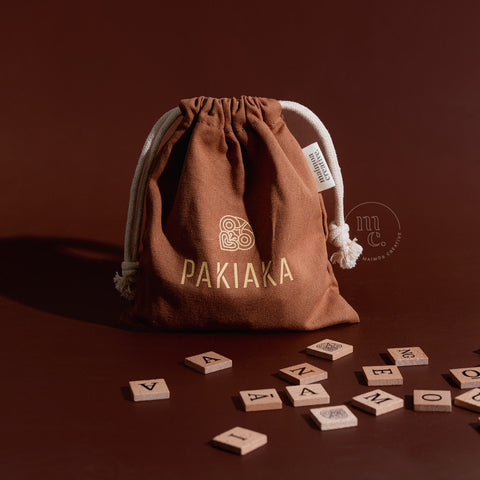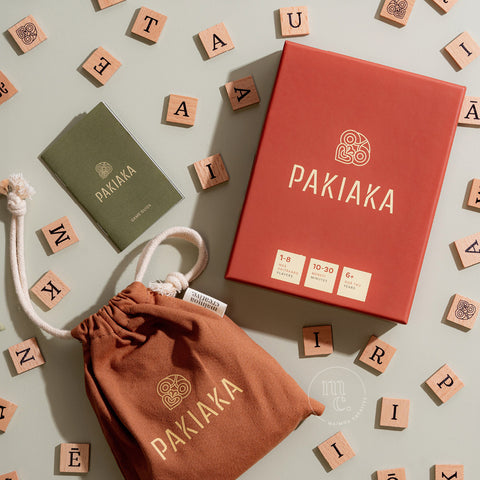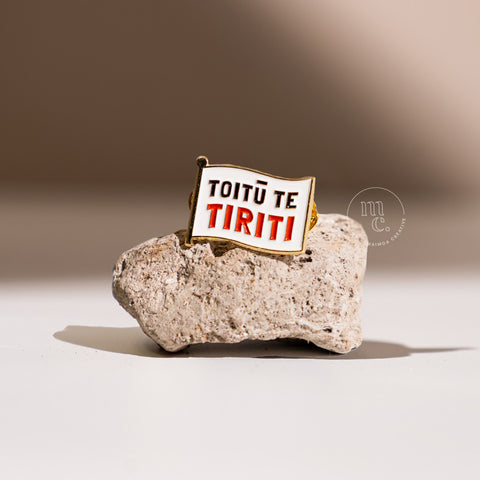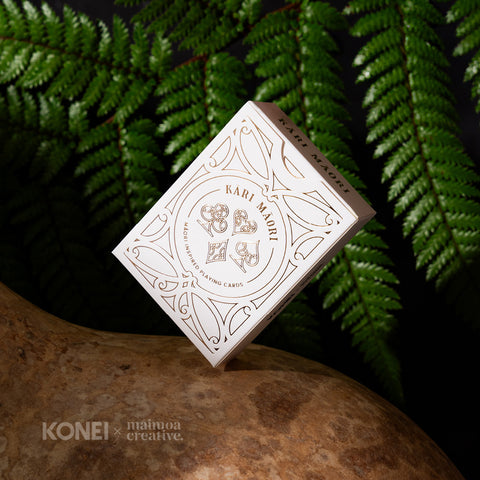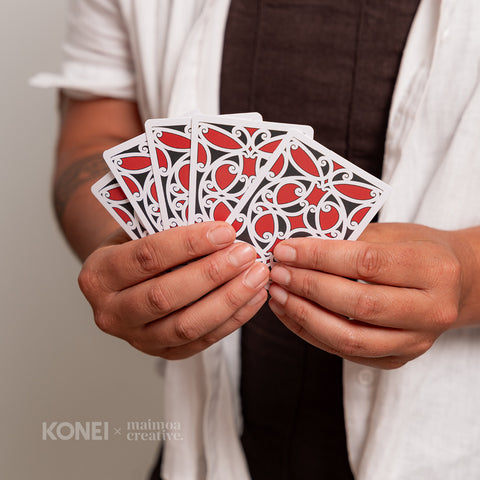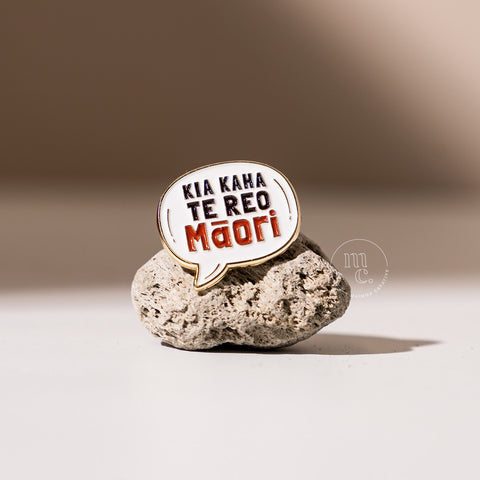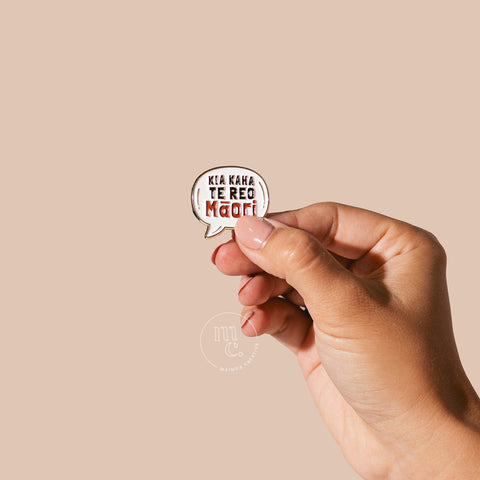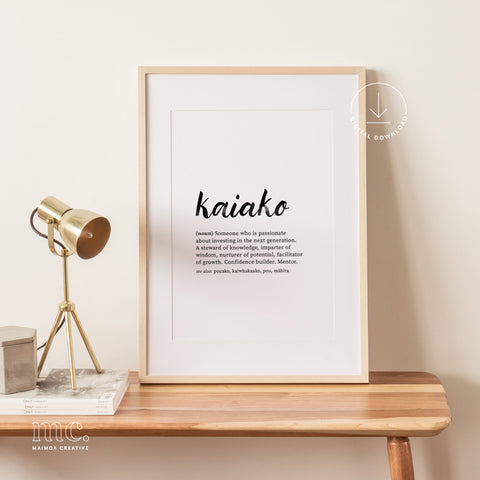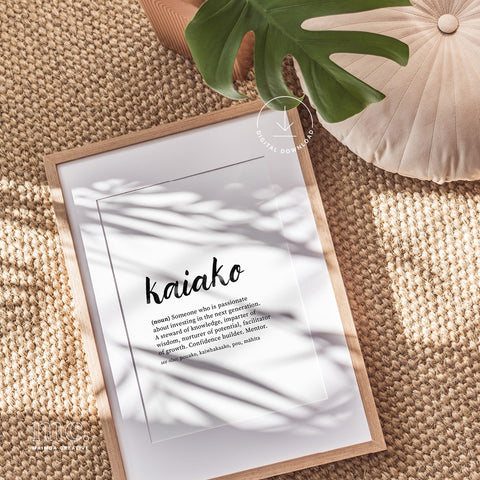In a world increasingly shaped by modern medical practices, the resurgence of traditional Māori birthing methods stands as a testament to cultural resilience, and to the many people fighting to ensure ancient tikanga and mātauranga is passed on to the next generation. Tawera Trinder, a Māori midwife and dedicated advocate from Hapū Wānanga ki Taranaki, generously shares her insights below, highlighting the profound significance of these practices and the ongoing efforts to revitalise them in contemporary contexts.
Can you provide some insights into traditional tikanga followed during pregnancy and childbirth by our tūpuna, and explain their cultural significance?
Tracing back through the intricate layers of mātauranga – the ancestral wisdom, Tawera Trinder has immersed herself in the tapestry of practices that underpin Māori pregnancy and childbirth. Tawera's connection with this wisdom runs deep: "Through my practice, research, and knowledge sharing from whānau and those within my network, I have had the privilege to connect on a deep level of mātauranga."
At the heart of Māori birthing practices lie tikanga – sacred customs and protocols. Tawera explains "Tikanga practice is essential for the health and wellbeing of wāhine, pēpē, and whānau"
The concept of "tapu" is central to Māori life, and it plays a particularly intricate role during pregnancy and childbirth. Tawera explains, "Following conception, the woman would enter into a state of tapu, which enabled wāhine to protect themselves from ill health throughout the pregnancy." As the birth draws near, the woman transitions into a heightened state of tapu, isolating herself from her community to a temporary birthing shelter or a nearby water source. Tawera further delves into the details: "A specifically woven whariki (mat) would be used as a base for the birthing woman. Following birth and the return back to the pa, the whare kohanga and whariki were burnt or buried after use due to the state of tapu from the birth and the soaking of toto (blood) which is also deemed tapu."
"One more story I heard, was the removal of the evidence of birth was to prevent any of the enemy from the knowledge of birth and the expansion of whānau, hapū and iwi."
Tohunga also held a special role in Māori birthing practices. They supported conception difficulties using techniques and karakia. During labour, tohunga aided birthing, and their expertise was sought for any issues during home births. They also played a significant role in the iri ceremony after birth, connecting babies with deities through water rituals and naming based on signs from nature.

Photo Credit: Gabrielle Bollen
In what ways have the influences of colonisation and Western practices affected Māori birthing traditions?
The impact of colonisation on Māori birth practices has been profound, leading to a disintegration of traditional knowledge and systems. Tawera reflects, "Māori are leading in poor statistics, morbidity, and mortality. This is due to the breakdown of our traditional systems through assimilation, legislation, environmental degradation, introduction of foreign constructs and practices."
In 1907 the Tohunga Suppression Act was a significant law that disabled tohunga and their practices. The consequence of this act was the loss of specific rongoā in which tohunga held. They possessed significant mātauranga which supported birthing practices and played a vital role in the health and wellbeing of birthing women and their babies.
The erosion of sacred practices was driven by patriarchal forces that vilified them as unclean and as a challenge to the dominant power structure. The effects were far-reaching, including the erosion of traditional knowledge: "These sacred practices threatened the patriarchal power as girls and women had a place of utmost respect and positioning in our community."
"Through the loss and almost extinction of our language, we have lost a vast amount of tikanga birthing," as it affected the many different traditional ways of passing down knowledge via karakia, oriori, pūrākau, ngēri etc to name a few.

Photo Credit: Gabrielle Bollen
What are some of the barriers encountered when integrating traditional Māori birth practices into modern healthcare systems, and what strategies have been effective in overcoming these challenges?
The road to integrating traditional Māori birthing practices into modern healthcare systems is fraught with challenges. Tawera shares "Institutionalised racism and patriarchal practices that are well and truly present in the medical system are the biggest challenges we face as Māori practitioners and the workforce."
Hapū wānanga (community workshops), as Tawera stresses, hold immense potential to empower communities to reclaim their heritage: "Having hapū wānanga in the community is a powerful intervention that supports whānau to reclaim, educate, and instil a sense of self-empowerment."
Collaboration between traditional Māori practitioners and modern medical institutions can also play a pivotal role in bridging cultural gaps. By establishing relationships and sharing knowledge, education programmes and protocols can help normalise and incorporate tikanga birthing practices within mainstream healthcare.

Photo Credit: Gabrielle Bollen
How does the significance of whakapapa contribute to supporting and enhancing the pregnancy, birthing and postpartum experience?
At the core of Māori identity lies the concept of whakapapa – the interconnectedness of all living beings. Whānau, or extended family, plays an indispensable role in the Māori birthing journey. Tawera elaborates, "Whānau and whakapapa are what we are grounded on. Our tūpuna lived within the context of the hapū. We would support each other and work together to gather kai, treat ailments, build whare and resources. We worked in unison, not independently."
The significance of this support network goes beyond mere familial ties. It encapsulates a broader sense of community, cooperation, and shared responsibility. Traditional practices find their strength in this interconnectedness, enabling whānau to work together, support one another, and navigate the challenges of pregnancy and childbirth collectively.

Photo Credit: Kushla & Co
Could you share examples of Māori birthing practices, and the significance they hold?
Māori birthing rituals and ceremonies are not just symbolic acts but vessels of ancestral wisdom and cultural continuity. Tawera shares about the significance of changing between tapu and noa states: "When labour commences, karakia begins and the birthing woman will then enter in a deeper state of tapu. No kai is eaten throughout this period until the birth of the baby and after a certain period of time."
This practice of refraining from food during labour is not just about sustenance but holds deeper spiritual connotations. It underscores the sacredness of the birthing process, allowing the woman to be fully present, connected to her body, and engaged with the spiritual dimensions of birth. "Going into this tapu state enables focus, wairuatanga, and enhances the power of mana wahine. This tikanga is common throughout te ao Māori and is no exception to birthing."
Simple practices like tying muka (flax fibre) onto the umbilical cord hold profound impacts for whānau. Firstly, it establishes a connection with their tūpuna and te ao Māori. Additionally, it revitalises the role of pāpā and māmā tuarua (secondary caregivers) in the birthing process, which had diminished post-colonisation. This practice restores their sense of mana (authority) during the birthing experience. Moreover, the muka's presence on the baby's tummy brings comfort, while the pito's (umbilical cord) healing properties enhance well-being. Finally, the practice involves reclaiming the placement of the dried cord and muka, reconnecting whānau with whakapapa, hapū, iwi, and significant ancestral sites.
Burying of the placenta is a common tikanga that most whānau Māori have known and retained. During this ritual, the family assembles, initiating with karakia and often incorporating the recital of oriori, a specially composed narrative revealing whakapapa, events of past, present or future destination of that baby. The placenta is then placed in a specifically made ipu (vessel) or directly in the ground. A tree may be planted or a significant object like a rock is placed. Waiata is sung and karakia will conclude the burial, followed by a celebratory kai.

Photo Credit: Catherine Smith Photography
What role does a Māori midwife play in promoting positive birth experiences for whānau?
Māori midwives occupy a unique position in the realm of birth care, bridging the gap between traditional practices and modern healthcare. Tawera emphasises, "The simple fact that a Māori midwife can support women in their journey, is in itself a reduced barrier."
Their role extends beyond clinical care; it encompasses cultural sensitivity, spiritual guidance, and empowerment. By integrating traditional practices with contemporary birth care, Māori midwives play a crucial role in ensuring positive birth experiences that honour ancestral wisdom.
"Māori midwives are in a privileged and opportunistic space to be with women and support on an intimate level, developing a trusting relationship to open up opportunities for sharing mātauranga.

What do your wānanga typically involve, and how does it empower parents to embrace these practices in their own birthing journeys?
Hapū Wānanga ki Taranaki is a two-day kaupapa Māori childbirth education programme at a marae. The wānanga prepares whānau for labour, birthing and parenting, delivering antenatal education grounded in tikanga and mātauranga Māori, including Māori birthing practices.
"Throughout the two days, we emerge in te ao Māori. This includes the use of te reo māori, powhiri, karakia, taonga puoro and general tikanga practices you would expect on the marae."
The first teaching session starts with tikanga birthing. These practices are foundational in the journey of pregnancy, birthing and postpartum experiences and the outcomes. "This session involves how our tūpuna lived day to day, how we parented with gentle approaches and never used abusive language or physical means as a consequence."
The wānanga seamlessly weaves tikanga practices with ancestral wisdom, as Tawera notes: "We incorporate as many tikanga practices throughout all the sessions and connect each of them with our tūpuna and their practices." From muka tying to whenua ki te whenua, the participants grasp the essence of each practice's significance.
A thoughtfully curated koha pack equips participants with resources like labour and birth karakia, placenta burial guidance, and a bilingual card for nurturing te reo in early infancy. It includes three kawakawa balms prepared for pēpē, labour and birth for Māmā, and pāhau pani for pāpā.
Led by knowledgeable Māori wāhine who are passionate and educated practitioners, the program empowers participants, instilling a sense of revival. Tawera highlights the impact: "Participants come out of the programme with an immense amount of knowledge and often they feel empowered, revived and on a journey of reclamation." Diverse attendees, including non-Māori parents, embrace tikanga practices to create supportive environments for their children.
Furthermore, the commitment to embracing traditional Māori practices extends to the culinary offerings. Throughout the wānanga, traditional Māori foods are incorporated, such as horopito, puha, Māori potatoes, and more.
Positive feedback underscores the program's efficacy: "Past participants have been impacted positively since attending the programme." By practising shared tikanga, participants feel empowered and assert their voices in medical settings, potentially reducing family traumas. The program's influence is so profound that many participants return: "On many occasions, women would register for a second and even a third time into hapū wānanga."
For those who are unable to attend physically, Tawera shares "We run an online programme that contains the majority of the physical wānanga."

Photo Credit: Gabrielle Bollen
What other resources, initiatives, or support networks are available for individuals and whānau who are interested in learning more about traditional Māori birthing practices and seeking culturally responsive care?
"We encourage whānau to talk with their wider whānau and elders to discover any pūrākau and birthing stories."
Positive tikanga birthing podcasts and general tikanga practices such as taonga puoro and rongoā offer insights into birthing. A range of blogs, articles by Māori midwives, and practitioners specialising in Māori birthing provide valuable resources. Research articles, theses, and literature available in libraries, bookshops, and online further enrich the learning journey. Engaging in wānanga focused on birthing or held on marae creates spaces for conversations and insights to flourish, a valuable tikanga practice in itself. "It is at these places during a cup of tea or break times, the conversations will flow. Learning from a variety of others is such a valuable resource, a tikanga practice in its own right."
Check out this Taringa podcast episode with Dr Naomi Simmonds, who talks about how she got to her topic for her thesis "Tū te turuturu nō Hine-te-iwaiwa: Mana wahine geographies of birth in Aotearoa New Zealand". It covers challenges, whakaaro and kōrero surrounding Māori birth practices, knowledge gaps, re-activaion of placenta practices and the key of te reo Māori in birth practices. Another podcast on this kaupapa is Mai i Kurawaka.
How do you envision the future of traditional Māori birthing practices?
Tawera's vision for the future is one of hope and progress. "I am hopeful and confident that our birthing practices will continue to develop and have a significant impact on whānau Māori."
As efforts to restore traditional practices gain momentum, there's a growing awareness of the value these practices hold for the broader maternity care system. Tawera believes that through initiatives like the Pae Ora bill and health system reforms, funding and programmes can be directed towards strengthening Māori practices, thereby addressing health inequalities and dismantling systemic racism.

Photo Credit: Catherine Smith Photography
—
The journey to revive traditional Māori birthing practices is marked by respect, reverence, and resilience. Amidst the echoes of colonisation's impact, Māori communities are reclaiming ancestral wisdom, nurturing positive birth experiences, and shaping a future that harmonises age-old practices with modern care. With each revitalised ritual and empowered whānau, Māori birthing traditions continue to breathe life into the present and future, embodying the enduring strength of ancestral knowledge and cultural identity.
—
Glossary: Māori Terms
- Mātauranga: Ancestral wisdom, traditional knowledge.
- Tikanga: Customs, protocols, traditions.
- Wāhine hapū: Pregnant women.
- Whānau: Family.
- Tapu: Sacred, spiritually restricted.
- Pēpē/Pēpi: Baby, infant.
- Pā/hapū: Village or community.
- Whare kohanga: Temporary birthing shelter.
- Whariki: Woven mat.
- Toto: Blood.
- Tohunga: Expert, practitioner possessing specialized knowledge.
- Taiao: Environment, natural world.
- Atua: Deity, spirit.
- Iri: Naming ceremony for a newborn.
- Karakia: Incantation, prayer.
- Oriori: Traditional Māori lullaby.
- Pūrākau: Story, legend.
- Ngēri: Chant, song.
- Wānanga: Workshop, learning session.
- Tūpuna: Ancestors.
- Mana wahine: Power and authority of women.
- Pito: Umbilical cord.
- Whakapapa: Genealogy, lineage.
- Ipu: Vessel, container.
- Marau: Curriculum, programme.
- Te Ao Māori: The Māori world or way of life.
- Rongoā: Traditional Māori medicine, healing practices.
- Pae Ora: A Māori health strategy focused on wellness and well-being.
- Whare whatumanawa: Mindfulness, well-being.

